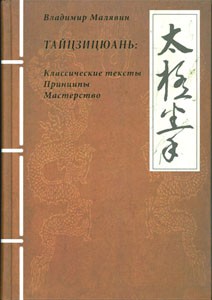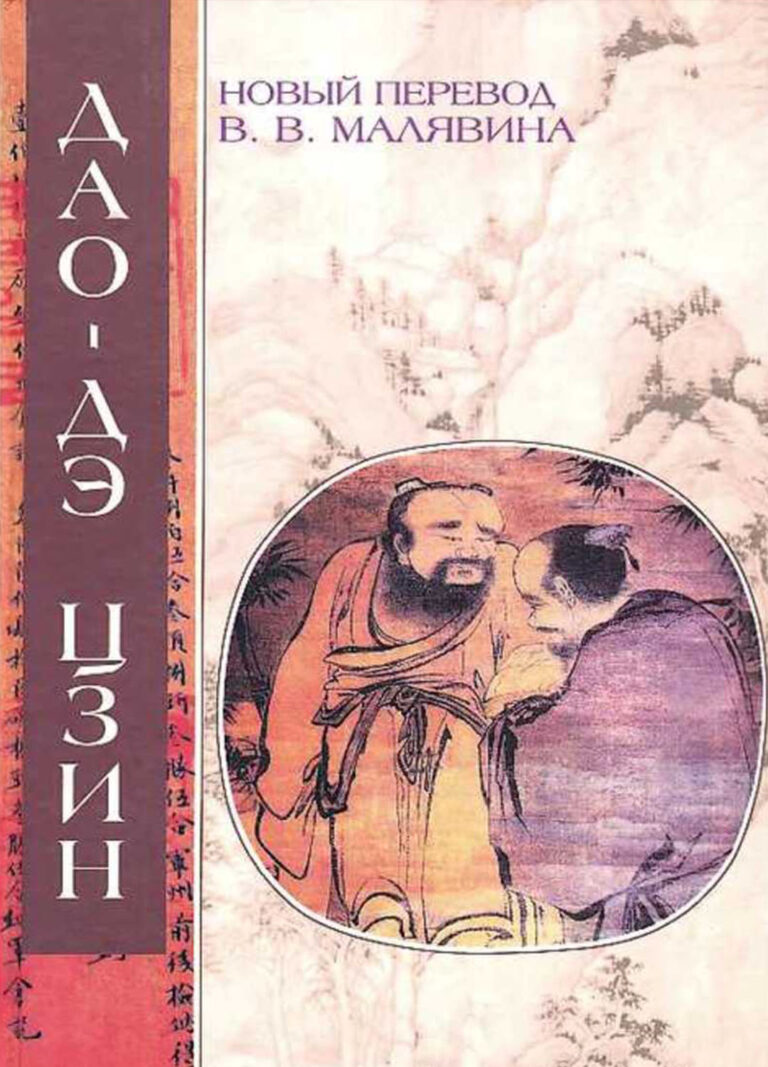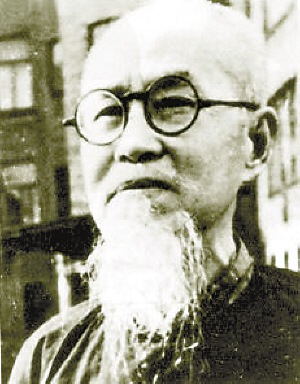HARMONY AND BEYOND
VLADIMIR V. MALIAVIN
HARMONY AND BEYOND: SOME GLOBAL PERSPECTIVES
OF CHINESE THOUGHT
The concept of harmony has recently, and with good reason, become a distinctive mark of Chinese civilization on the global stage. Chinese scholars and media are now eager to prove that the main advantage of Chinese cultural tradition as well as the secret of China’s recent spectacular success in modernization is the capacity of Chinese to establish spontaneous and efficient harmonious relations in their social environment. “It is my belief – writes Chenyang Li, an American sinologist of Chinese origin, – that the most significant contribution that Confucianism can offer to world philosophy and world politics today is precisely this ideal of harmony”[1].
This opinion is only to be expected taking into consideration the imperative of moral cultivation that traditionally has been the basis of Chinese social order. It is precisely this imperative coupled with the commitment to the intrinsic value of learning per se, i.e. capacity to transform one’s living world, that saved Chinese thinking and Chinese attitude towards life from the pitfalls of nihilism and cynicism. Harmony is a perfect word for any perfectionist philosophy. No matter how sublime our notion of harmony is, it is always possible to conceive of even more comprehensive harmony. Indeed, the quest for harmony obliges us to raise perpetually our moral standards and our sensitivity. This makes harmony so elusive but also so encompassing and compelling. Yet the self-transcendent nature of harmony raises some specific problems.
The first issue concerns the ontology of multiplicity. Harmony as self-transcendence finally justifies the world in its actual condition – as a discrete space of infinite variety. Such is the image of the world described in classical Confucian treatise “Zhong yong”:
“All things are nurtured together and do not cause injury to one another; the various ways are traveled together and are not conflicted. Their lesser excellences are to be seen as flowing streams; their greater excellences are to be seen as massive transformations. This is why the heavens and the earth are so great”[2]. We are facing here the world not of entities and essences but of transformation(s). Its core is not essence of any kind but relation as such, a correspondence. It is great because its nature is a transformation that pervades all planes and scales of existence making possible the so called “butterfly effect”: the minutest change here is equal to the world catastrophe.
The second issue concerns the edge of harmony: it is nothing more (nor less) than the infinite variety, endless differentiation, the state of being in-between of everything constituted by its own limit. The fact that harmony infinitely overcomes or disavows itself means that the experience of harmony includes knowledge of limitations even if it stands out as the limit of infinity (this is a theme of the Taoist book “Zhuang-zi”). We should explore metaphysical and cultural dimensions of such limit that evokes the presence of infinity or, to use an expression not found in the traditional version of “Zhuang-zi”, the “infinity beyond infinity”. Such attempt calls for adopting a specific kind of language which, though quite consistent in its own right, can hardly be reduced to a set of technical terms. It is
[1] Chenyang Li. Zhongyong as Grand Harmony: An Alternative Reading to Ames and Hall’s Focusing the Familiar. – Dao: A Journal of Comparative Philosophy, June 2004, Vol. III, No. 2, p. 187.
[2] Ames, Roger, and Hall, David. Focusing the Familiar: A Translation and Philosophical Interpretation of the Zhongyong. Honolulu: University of Hawaii Press, 2001. P. 111-112.






